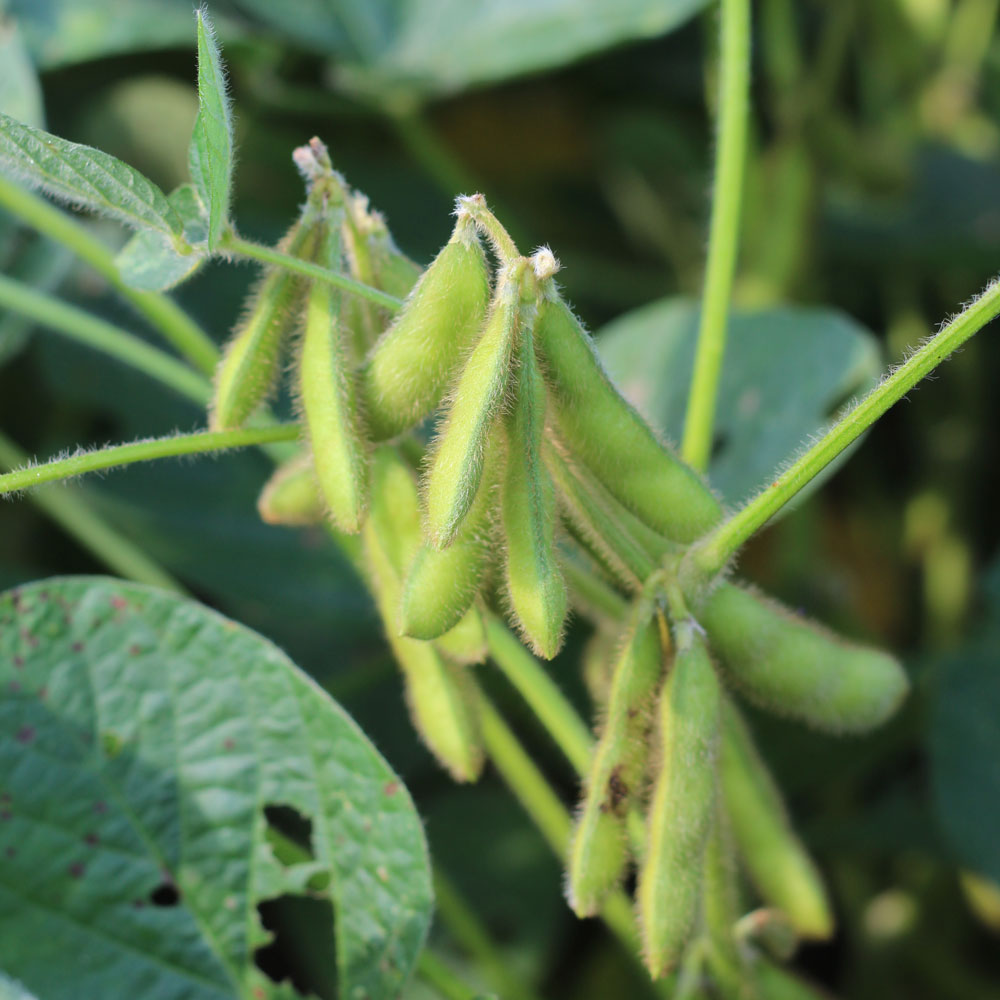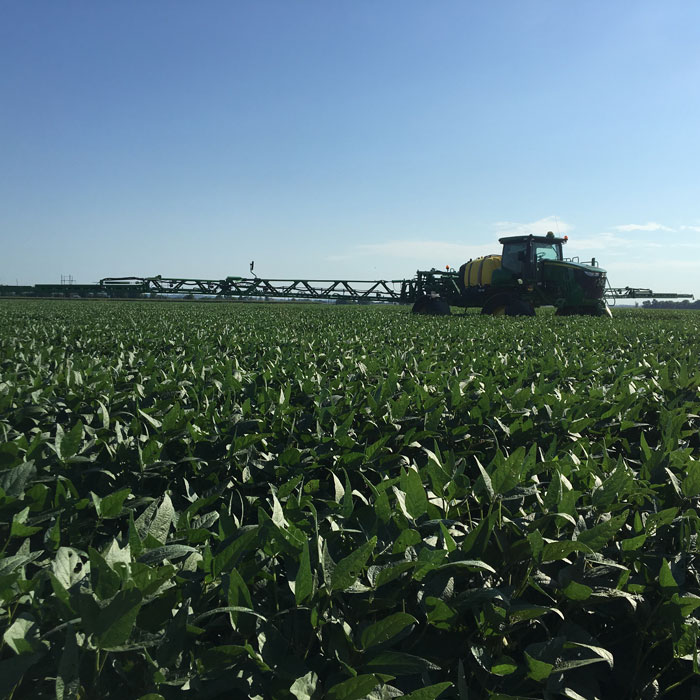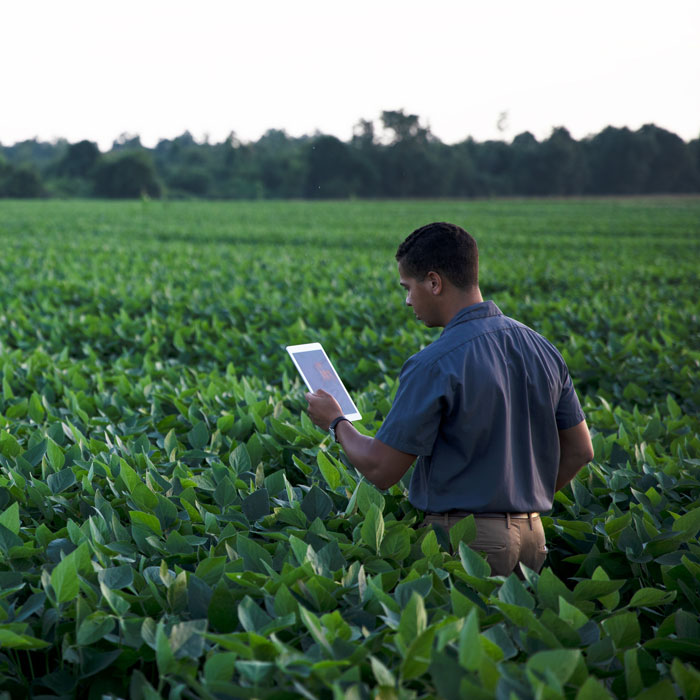BIOTECHNOLOGY
Improving farming for the environment, end users and farmers
Biotech in agriculture includes tools that modify crops to improve the plant for specific agricultural uses or make the end product better for consumers. Genetically modified organisms (GMOs) refer to plants that are genetically enhanced with traits from other organisms to produce a superior crop.
The safety behind biotechnology
According to the U.S. Department of Agriculture (USDA), approximately 94% of U.S. soybean acreage is planted with seed enhanced by biotechnology. Before any biotech crop is widely planted, the new variety is closely evaluated by several regulatory bodies including the USDA, the Environmental Protection Agency (EPA) and the Food and Drug Administration (FDA) to make sure the crop is safe for consumers and the environment and will not impact natural systems.

Tools to improve crops for everyone
Biotechnology tools include genetic engineering and traditional breeding methods. Crops may be improved to be resistant to pests or certain herbicides that are used to kill weeds. Other improvements directly benefit consumers, like enhanced nutritional profiles, reduction of allergens, longer shelf life and other attributes.

Gene editing

Traditional breeding
More sustainability, more opportunity with biotechnology
Crops enhanced with biotechnology help farmers to be more sustainable.